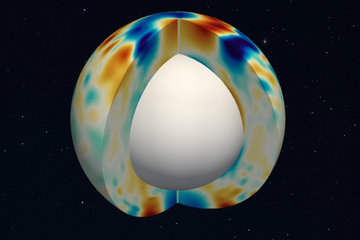All genres
1.
Journal Article
Statistical Study of the Energetic Proton Environment at Titan's Orbit From the Cassini Spacecraft. Journal of Geophysical Research: Space Physics 123 (6), pp. 4820 - 4834 (2018)
2.
Journal Article
Survey of pickup ion signatures in the vicinity of Titan using CAPS IMS. Journal Geophysical Research 121, pp. 8317 - 8328, (2016)
3.
Journal Article
Access of energetic particles to Titan's exobase: A study of Cassini's T9 flyby. Planetary and Space Science 130, pp. 40 - 53 (2016)
4.
Talk
Survey of pickup ion signatures at Titan using CAPS/IMS. CAPS/INMS team meeting, Grenoble, France (2016)
5.
Poster
Dione flybys in the view of energetic particles. DPS 48/EPSC 11, Pasadena, USA (2016)
6.
Poster
Energetic environment at Titan's orbit. AGU Fall Meeting, San Francisco, USA (2016)
7.
Thesis - PhD
Titans interaction with the Saturnian magnetosphere. Dissertation, University College London, London (2016)











